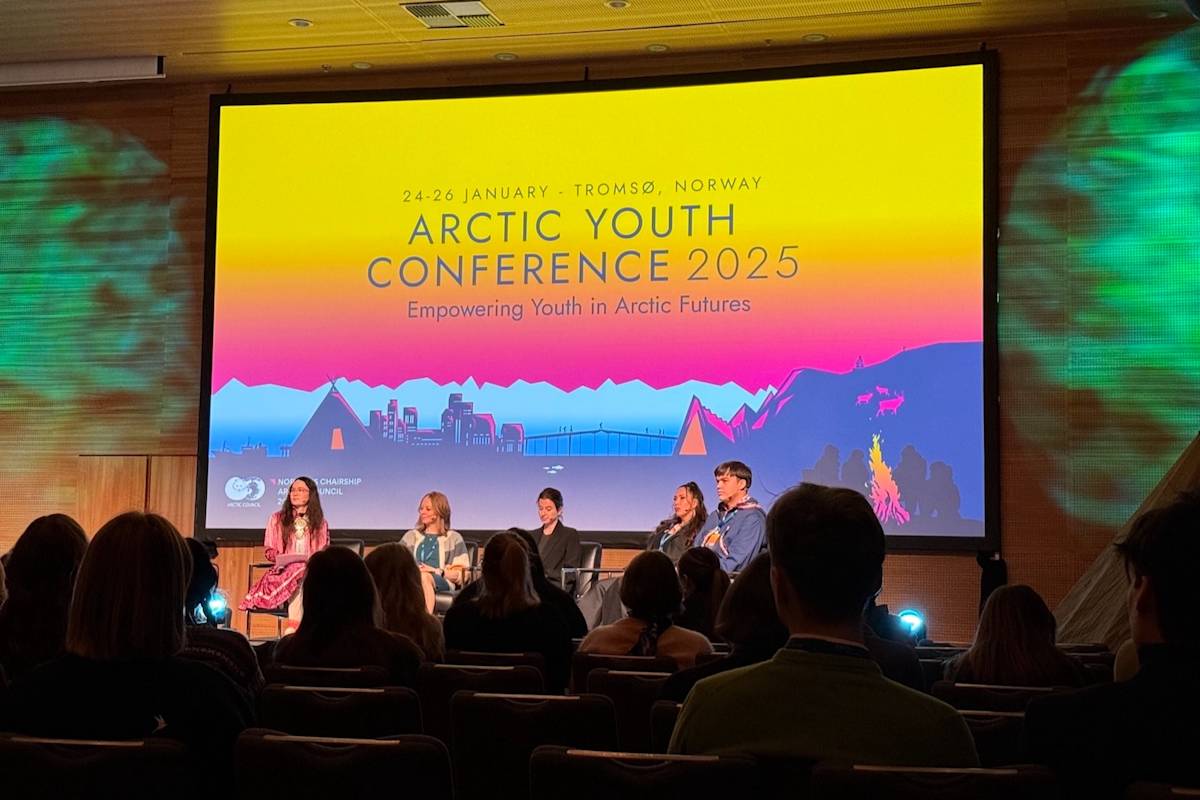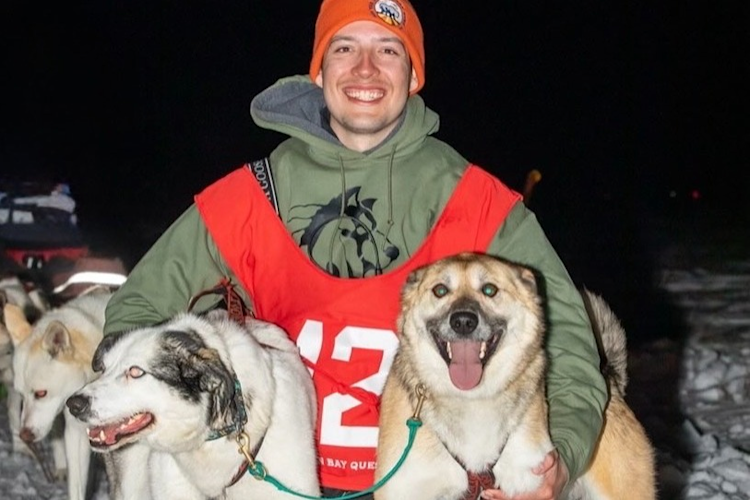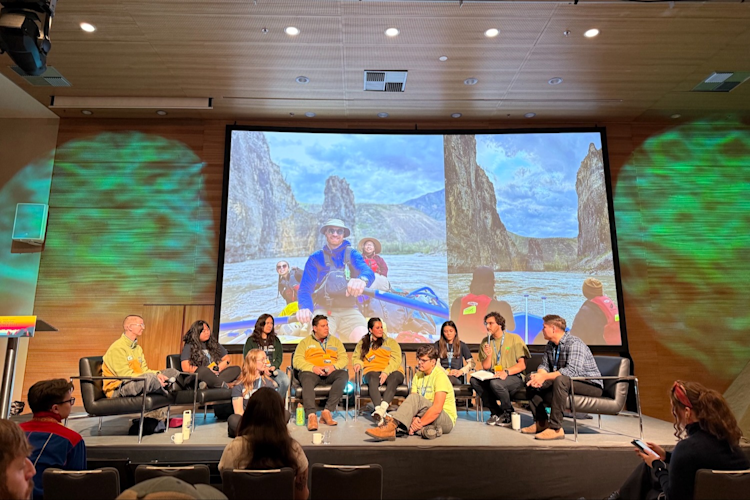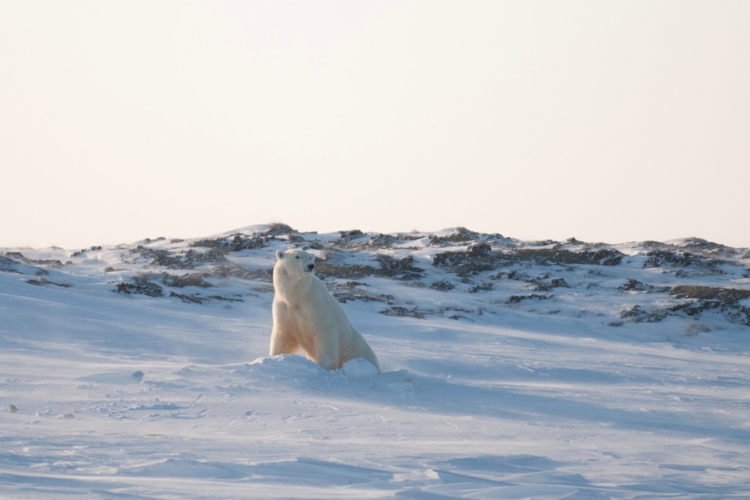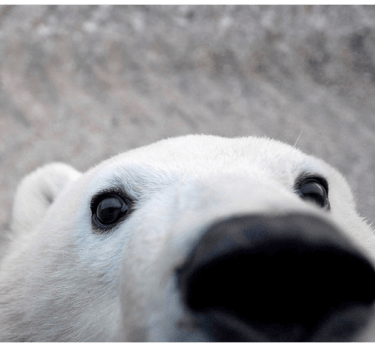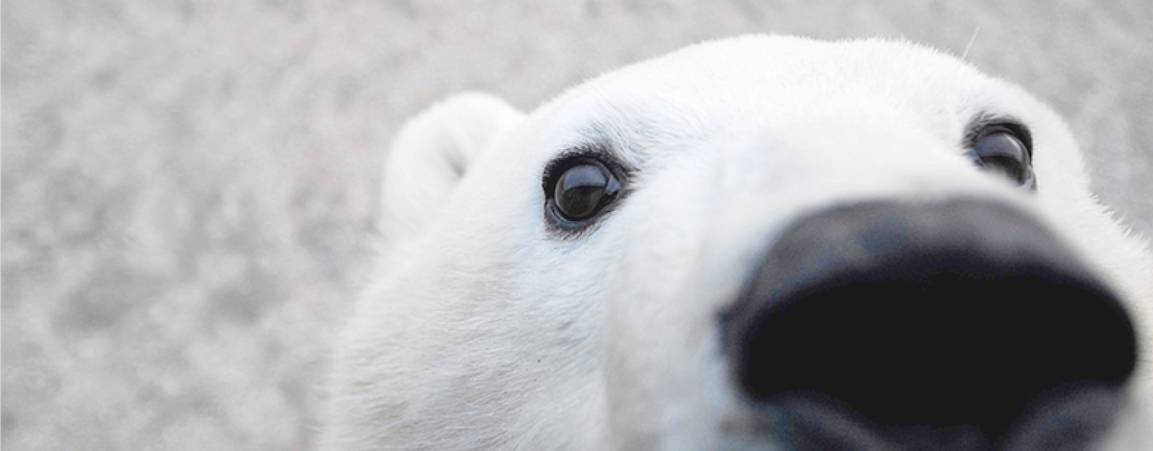The Arctic is changing very quickly, and no one has more at stake in the decisions being made at this moment than the generation who is set to inherit their impacts. The first Arctic Youth Conference—held in Tromsø, Norway in January of 2025—brought together young leaders from across the Arctic to discuss the challenges and opportunities they face in their home communities.
Polar Bears International was honored to support the attendance of a young leader from Churchill, Manitoba, Canada, Wyatt Daley. We caught up with Wyatt after he returned home to hear about his experience. Read his reflections below.
Wyatt, you’re a good friend of Polar Bears International, but for those who don’t know you, will you please share a little about yourself?
Yes, of course. My name is Wyatt Daley. I'm from Churchill, Manitoba, born and raised here. My family has been here for five generations, so we have a great presence here. This is our home. The North runs in my blood.
I co-own a dog sledding company up here in Churchill that I run with my mom and my dad. I've been running dogs my whole life. It's always been a part of who I am. Working with our sled dogs and the lifestyle that we have with them tells a lot of our story. We are Indigenous, and for me and my family, running dogs is very cultural. There's no greater connection to the land than through our dogs. Being out in the wilderness, just you and the dogs that you've raised—you trust them and you feel the trust that they have in you. It's a really special thing to be out there and to be connected to everything around you.
I am also a huge advocate for Indigenous tourism as my family and I work in the tourism industry. My dad is the Director of Indigenous Tourism Association of Canada (ITAC), and he’s gotten me more into this work. I’ve participated in campaigns, spoken about Indigenous tourism at conferences, and I am now sitting on the board of directors for an organization working to grow Indigenous tourism in Riding Mountain National Park. This work is important because bringing our people into the industry really helps preserve culture. Because we're able to share and be who we are, and we can celebrate that—and a lot of people are interested in learning about our cultures when they come to Canada.
